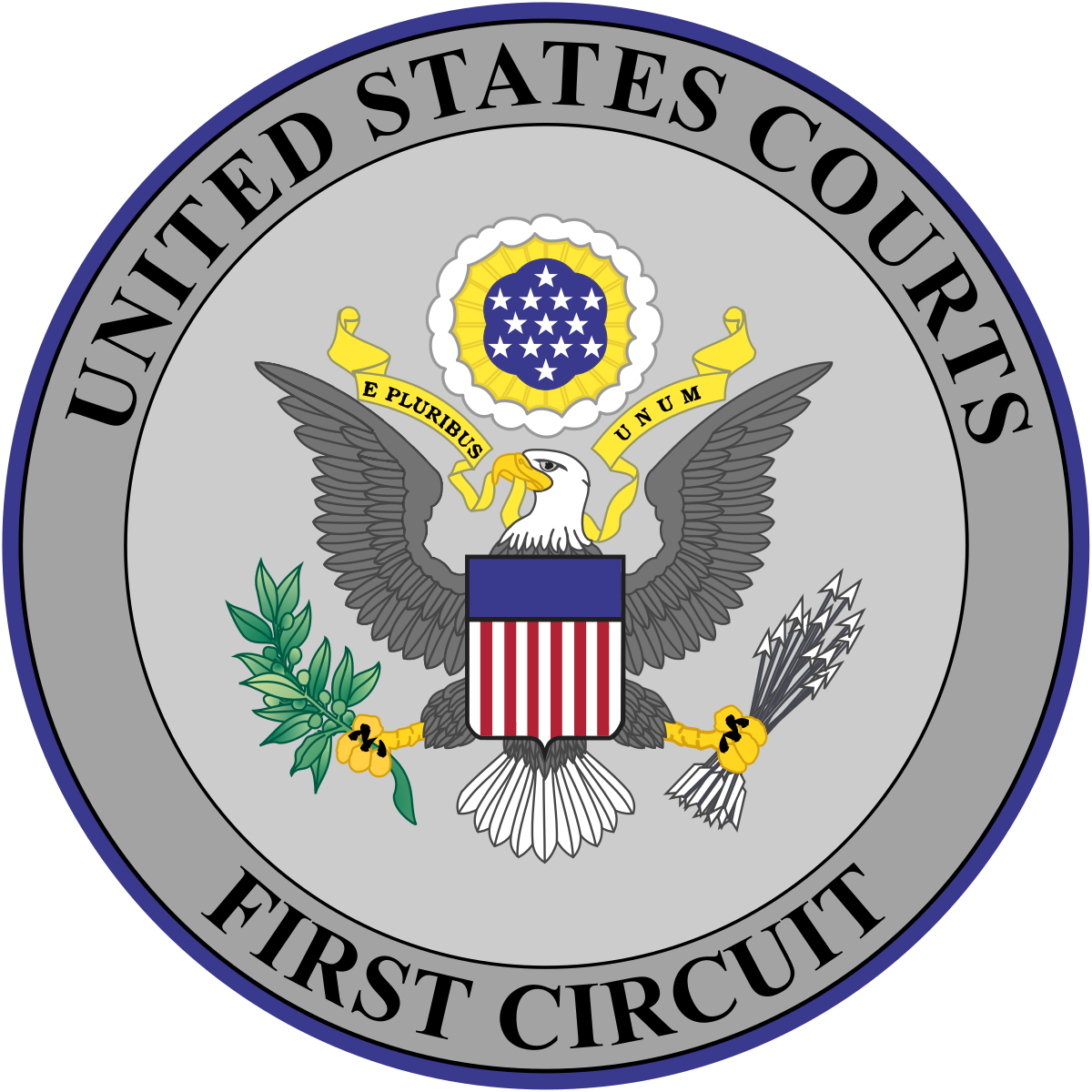Could The Sawyer Family Have Avoided The Whole Problem ?
Comprehensive tax reform seems to be in the wind again. My money is on it happening after the next Congressional election. The Internal Revenue Code of 2015 ? Who knows maybe they will come up with a totally new name. The last time, they made it the Internal Revenue Code of 1986. One of the biggest changes was the repeal of the General Utilities doctrine. Under that rule, a C corporation could sell all its assets without recognizing corporate level gain pursuant to a plan of liquidation. As a back-up S corporations that were converted from C were subject to built-in gains tax for ten years after the election, but an election in 1986 avoided that problem.
The process we went through at Joseph B. Cohan and Associates was to look at every C corporation and see if there was any case for it remaining one. There were a variety of good reasons, such as net operating loss carryovers, but there were quite a few lame ones. What the reasoning of the Sawyers was is something, I’m sure I will never learn. Mr. Sawyer was barely over 90 at that point, why think about selling ?
The Problem
Ultimately there was a sale. Mr. Sawyer died in 1992 at the age of 97. His wife Mildred died in 2000. Included in her estate was the Frank Sawyer Trust of 1992 where all those medallions were parked. The taxable estate of $138,480,721 generated $76,600,416 in federal and state transfer taxes. Much of the money was raised by selling assets both the taxi medallions and some real estate. The problem is that since the assets were in C corporations there was a corporate level tax on their sale.
Fortrend To The Rescue – Kind Of
The Sawyers were far from being the only people who had missed out on 1987 S elections. There were enough that at least one company was able to make a business out of “helping” them. After your C corporation had sold all its assets and had only cash, but before the end of the fiscal year of the sale, Fortrend would buy all the stock of the company for less than the amount of cash, but more than the amount of cash that would be left after corporate taxes were paid on the gain. Obviously, they had figured out a way around the corporate tax. That would not be the problem of the seller. Or would it ?
Transferee Liability
Fortrend’s method for avoiding the corporate tax did not stand up under audit. Of course, by then the cash had been stripped out of the shell companies. The chain of events was rather complicated, you can read the original case here, if you want the fine detail. As the IRS saw it, the corporate cash that should have gone to pay taxes had been used in part to pay the sellers, thereby making the sellers liable for the corporate taxes.
The Sawyers were not alone in being pursued on this type of deal. At least in the initial Tax Court decision, they did better than most. I think it was mainly due the large stakes involved – over 20 million. The “i”s were dotted and the “t”s crossed. There was a bank loan arranged to pay the trust for the stock. It was rather a transitory loan, but there was no way that the Sawyers would have known that or, in principle, had reason to care. Tony Nitti titled his post on the case Ignorance Is Bliss.
Not So Fast
The First Circuit has suggested to the Tax Court that they need to look at whether the transfer was a “fraudulent transfer”. It is a fairly complex and lawyerly argument:
If the Tax Court does find that the $32.4 million in cash that Three Wood gave to the Trust was not reasonably equivalent to the companies whose combined book value was $25.3 million, then the next question under the Uniform Act and Massachusetts law is whether, at the time of its transfers to the Trust, Three Wood either (I) was engaged or about to engage in a transaction for which its remaining assets were “unreasonably small,” or (ii) intended to incur, or reasonably should have believed that it would incur, debts beyond its ability to pay as they became due.
I’m not really sure who I am rooting for on this one. The Sawyers may have had a perfectly legitimate means for avoiding the whole problem with just a bit of forethought. On the other hand other taxpayers who were “helped” by Fortrend ended up being held responsible because their deals had not been as well executed. We’ll have to see what the Tax Court says when it gets this back.
You can follow me on twitter @peterreillycpa.
Forbes.com Mar 31st, 2013































































































